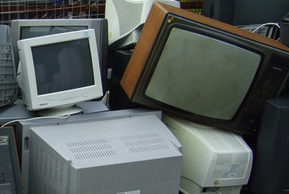Multiplatform formats
I talk to people a lot about multiplatform productions and transmedia storytelling and one of the first points we discuss is the plethora of options available to producers. All too often, multiplatform productions are a last minute addition to a TV show and are rarely more ambitious than a programme support website – merely offering more random detail about the production rather than extending and enriching the user’s experience.
I talk about the glue of interactive narrative elsewhere but I thought it might be worth sharing the list of platforms and their relative characteristics. I know it’ll be incomplete so I’d really welcome your comments.
There are three broad categories of platform available to us:
- ‘Broadcast’
- ‘Online’
- ‘Live’
Broadcast
My use of the word ‘Broadcast’ in this instance covers media that is distributed after being produced by ‘professionals’ for mass consumption. I include Internet and post transmission versions of linear media in the online section because of control user have over their use.
| Platform | Characteristics |
| General |
|
| TV |
|
| Film |
|
| Radio |
|
|
|
| Advertising |
|
Controversially, I’d include Twitter and blogging in my broadcast formats because although they present themselves as intimate, they are actually the Internet equivalent of publishing for individual. It’s still about authorship and mass distribution but access is more personal and the ability to feedback more immediate.
Online
By ‘Online’ I mean interactive digital platforms including computers, mobiles and consoles.
| Platform | Characteristics |
| General |
|
| Web |
|
| Game |
|
| Mobile |
|
| App |
|
| Social media |
|
Real World
And finally, those things I class as Real World.
| Platform | Characteristics |
| General |
|
| Event (such as concert, meeting or performance) |
|
| Location |
|
| Person |
|
The crucial point about this exercise is the recognition that certain formats are better at certain tasks – film and books are great for long form storytelling, the web is unparalleled in offering access to information. I’m sure there are many delivery methods that I’d missed, but one thing is clear – if you want to be truly multiplatform, there are lots of options and using the most appropriate will transform your product.


Trackbacks/Pingbacks
[…] We talked about the relative strengths and weaknesses of the media available to us for the leadership development programme we’re putting together. Some of the points are (inevitably) similar to my thoughts on multiplatform formats. […]